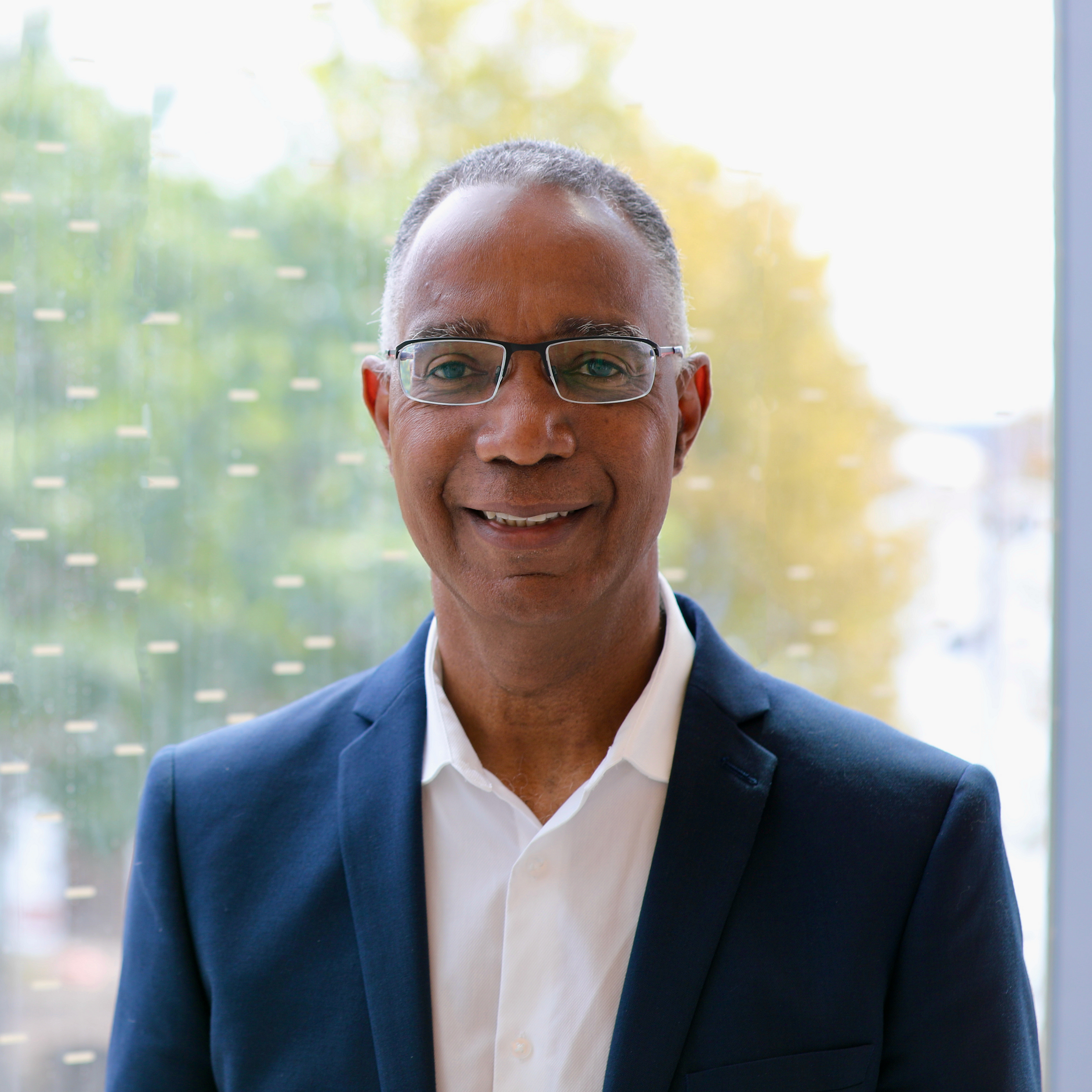When we talk about creating more inclusive workplaces, this effort is most often framed as a moral imperative. In other words, we should strive for equity, diversity and inclusion (EDI) because it is the right thing to do. This is absolutely true and it can form the normative basis for action and results. However, it is not the only reason we need to actualize EDI in our workforce. There is also an economic and social prosperity imperative – a business and social case, if you will – for building a society and labour market that empowers all Canadians to contribute, participate, and thrive.
Throughout the COVID-19 pandemic, we saw more individuals exit Canada’s labour market than enter it, and this trend is only intensifying as our population ages. For the first time in Canada’s history, there are more individuals over 65 than children under 15. As more people retire and fewer youth enter the labour market, these demographic shifts will have significant consequences for our economy. In addition to declining economic output and workforce participation rates, we can expect to see skills shortages in key areas – all of which could hamper Canada’s economic growth and competitiveness.
To counteract these challenges, we will need all hands on deck. Increasing the workforce participation of all working-age Canadians – particularly those from underrepresented groups – will be critical for Canada to achieve its full economic and social prosperity potential. An inclusive Canada requires an inclusive labour market on both the supply and demand sides of the equation.
The pandemic shone a spotlight – and in many cases, exacerbated – the economic inequities experienced by Black, Indigenous, and racialized communities, people with disabilities and women. Instead of focusing our recovery on rebuilding the status quo, we have an opportunity to enact transformative change that benefits both our economy and our society.
Each one of us has something unique and innovative to contribute, but we do not all have the same access to opportunities. Now is the time to equip all individuals with the tools and supports they need to succeed, from post-secondary education to affordable childcare to workplace accommodations.
The Canadian Chamber of Commerce reports that improving participation rates could add 2.2 million workers to the labour force by 2040 and grow the Canadian economy by $101 billion. A recent Econometrica paper reported that 50 years of discriminatory employment practices in the U.S. have cost the economy the equivalent of 40 per cent of its productivity and output.
To enable a truly inclusive recovery, we must identify, address and prevent the systemic barriers that impede full and equal participation in our workplaces and educational systems. Vague platitudes about “supporting diversity” are not sufficient. Anti-racism and equity work must be adopted by all sectors and prioritized just as highly as other organizational commitments.
We must also ensure that we effectively support the entry of new Canadians into the labour market, as immigration will play a key role in boosting our skilled workforce in the coming years. At George Brown College, we support more than 1,000 newcomers each year through full- and part-time ESL programs, occupation-specific language training, and bridging programs that facilitate the entry of internationally trained individuals to the workforce.
Ultimately, Canada’s prosperity and global competitiveness rely on our ability to innovate and attract new talent and capital. By fostering equity and inclusion, we open the door to new ideas, new voices and new ways of solving problems. We unleash the innovation and creativity that will give Canadian companies a competitive advantage on the world stage.
It is opportune for Boards to look at the tone, action and KPIs at the top; to harness the buzz in the middle; and to not miss the mood at the bottom. The ROI on EDI is huge, and the cost of ignoring it is too.
